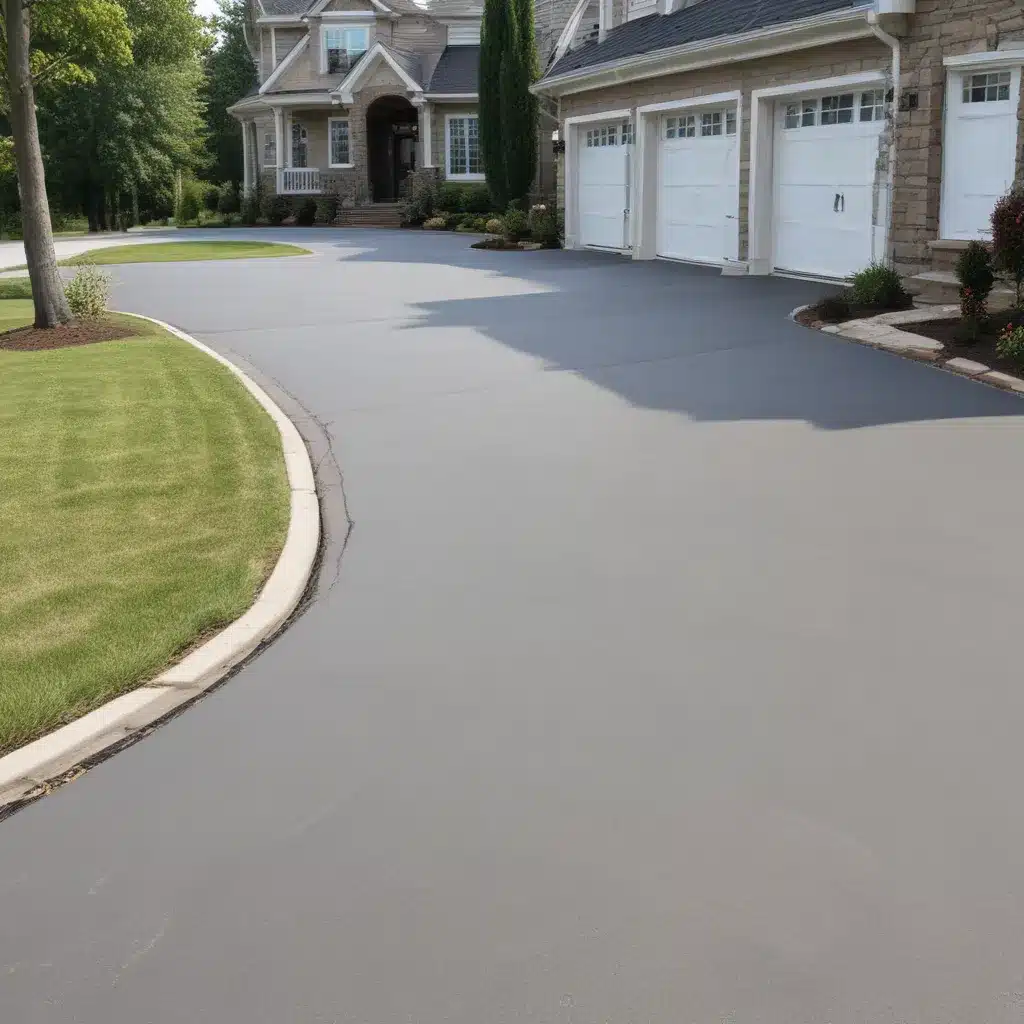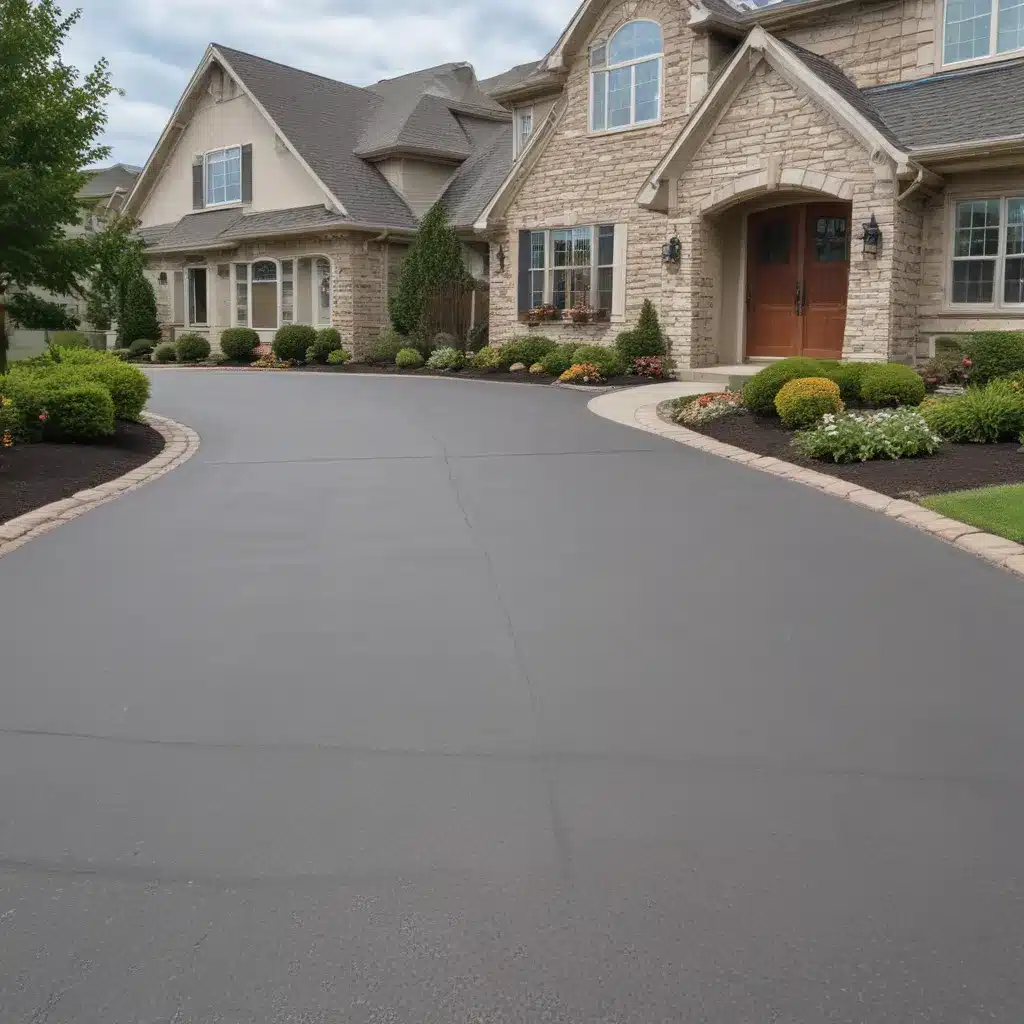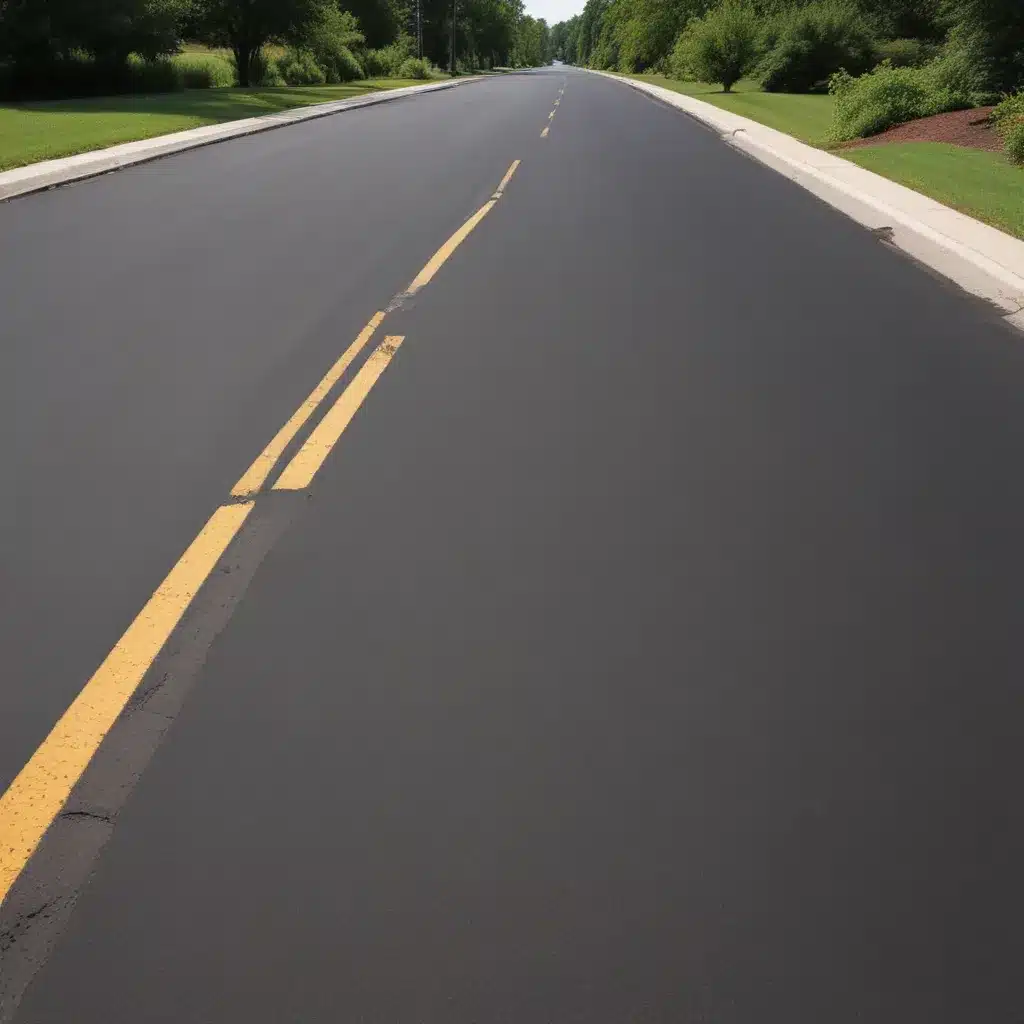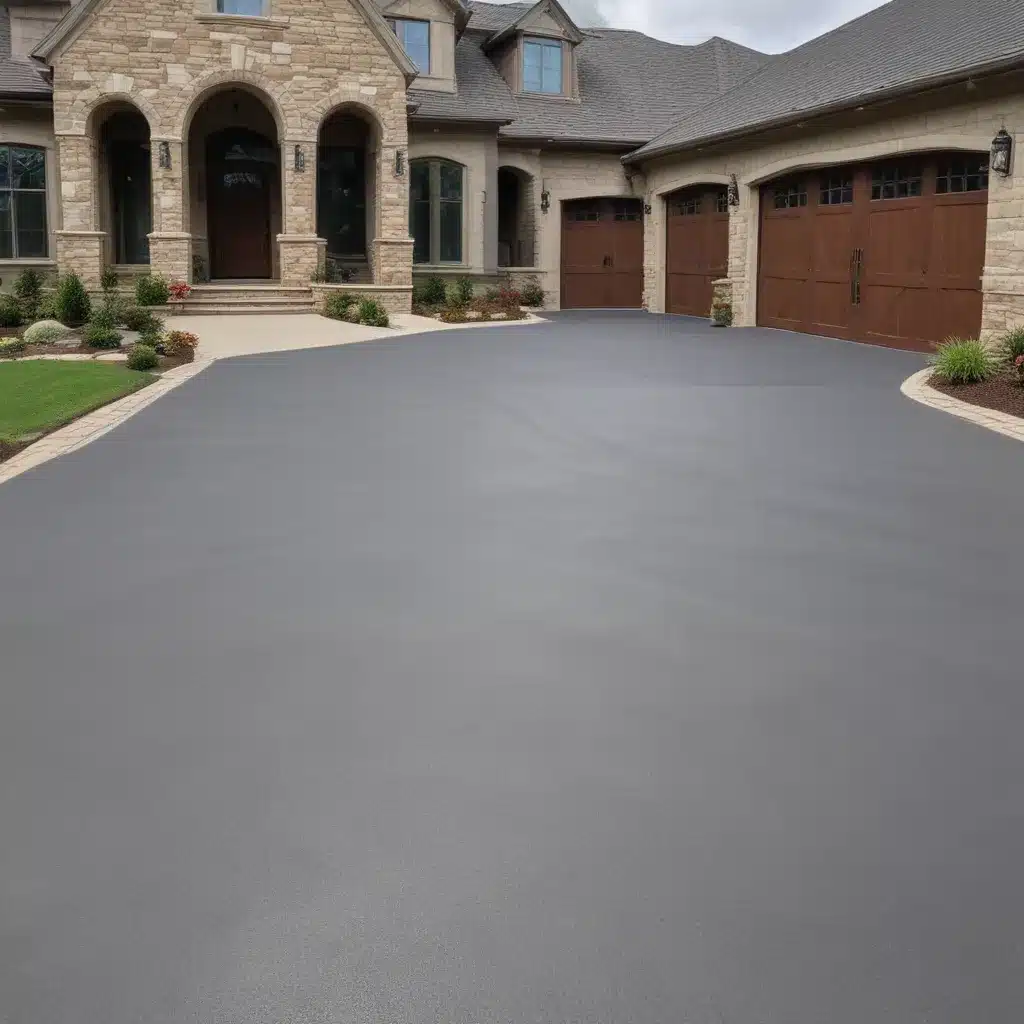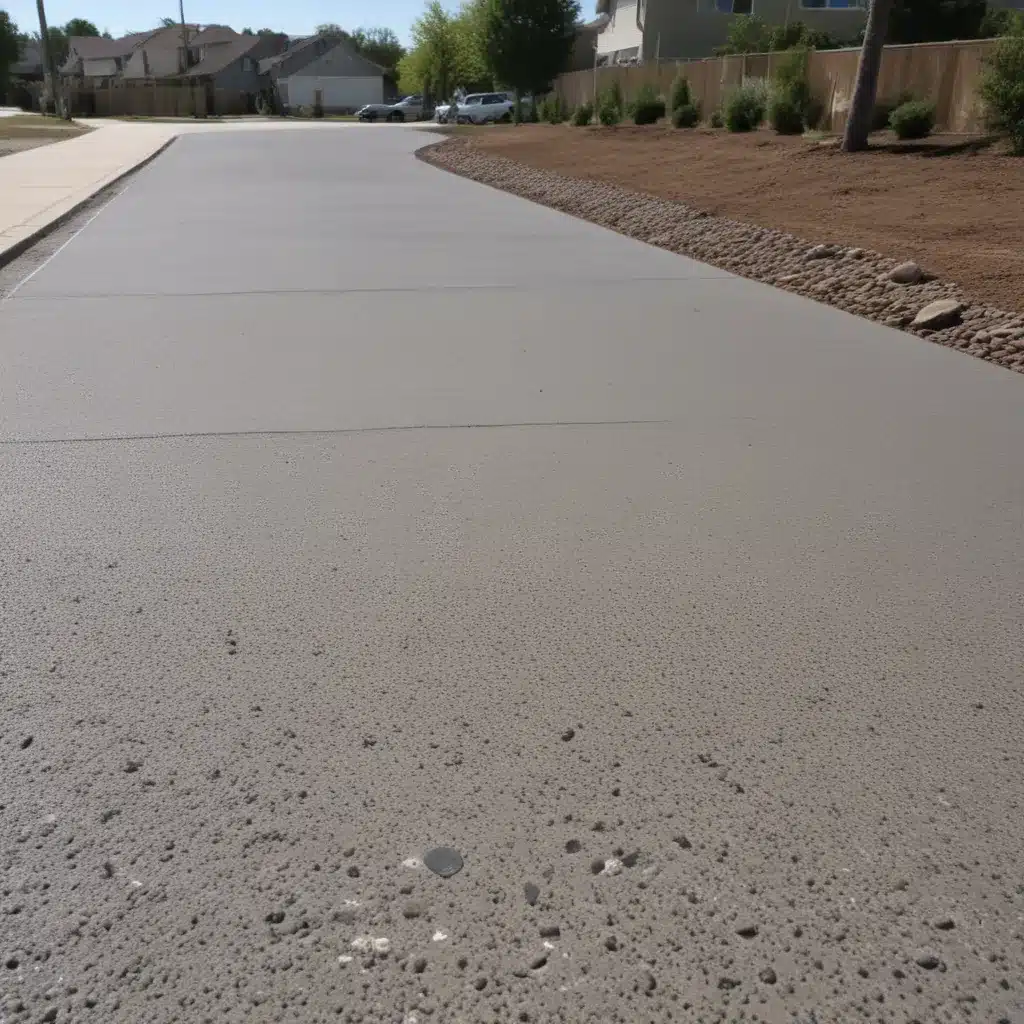The Incline That Could Make or Break Your Driveway
As I gaze out at my own driveway, I can’t help but notice the gentle slope that leads from my garage down to the street. It’s a feature I never gave much thought to, that is, until I started digging into the world of driveway design and construction. Turns out, that unassuming incline plays a crucial role in the long-term performance and appearance of my precious piece of pavement.
You see, the pitch or gradient of a driveway is no mere aesthetic choice – it’s a fundamental design element that directly impacts two key factors: water runoff and overall durability. Get the pitch wrong, and you could be dealing with pooling, cracking, and a whole host of other headaches down the line. But get it right, and you’ll enjoy a smooth, well-draining driveway that stands the test of time.
The Science Behind Proper Driveway Pitch
To fully understand the importance of driveway pitch, we need to dive into the nitty-gritty of hydrology and structural engineering. Let’s start with water runoff. A driveway’s pitch determines the direction and speed at which water flows across its surface. A driveway that is too flat will allow water to pool, potentially seeping into cracks and crevices and wreaking havoc on the underlying foundation. On the flip side, a pitch that is too steep can cause water to rush off the surface too quickly, eroding the driveway material and leading to uneven wear and tear.
The ideal pitch, according to paving experts, is a gentle slope of 1-2% – enough to encourage proper drainage without turning your driveway into a white-water rapids. This slight incline helps channel water away from your home’s foundation and towards the street or a designated drainage system, minimizing the risk of flooding and water damage.
But the implications of driveway pitch go beyond just water management. The angle of your driveway also plays a crucial role in its long-term structural integrity. A properly pitched driveway distributes the weight of vehicles and other loads more evenly, reducing the strain on the underlying pavement and sub-base. Conversely, an improperly pitched driveway can lead to uneven settling, cracking, and the formation of potholes over time.
Real-World Examples of Driveway Pitch in Action
To really drive home the importance of driveway pitch, let’s take a look at a few real-world examples. Consider the case of my neighbor, Jane, who opted for a completely flat driveway when she had hers installed last year. Fast forward to the first heavy rainstorm, and Jane was left with a veritable swimming pool in her driveway, water lapping dangerously close to her garage door. Needless to say, she wasn’t a happy camper.
On the flip side, there’s the story of my friend, Tom, who went a little overboard with the pitch on his new driveway. After the first few months, he noticed that the water was rushing off the surface so quickly that it was causing significant erosion along the edges, undermining the stability of the pavement. Tom ended up having to have his driveway repaired, a costly and time-consuming process that could have been avoided with a more balanced approach to the pitch.
Getting the Pitch Just Right
So, what’s the secret to finding that elusive sweet spot when it comes to driveway pitch? It’s all about striking the right balance between drainage and structural integrity. As a general rule of thumb, aim for a pitch of 1-2% – enough to encourage proper water runoff without compromising the driveway’s long-term durability.
Of course, the exact pitch required can vary depending on factors like the local climate, the type of paving material used, and the overall layout of your property. That’s why it’s always a good idea to consult with a reputable driveway contractor like NW Driveways before embarking on a new project.
In the end, the pitch of your driveway may seem like a minor detail, but it’s one that can have a significant impact on the function and lifespan of your pavement. So, the next time you’re admiring the fresh tarmac or pristine pavers, take a moment to appreciate the subtle incline that’s working hard to keep your driveway in tip-top shape.

